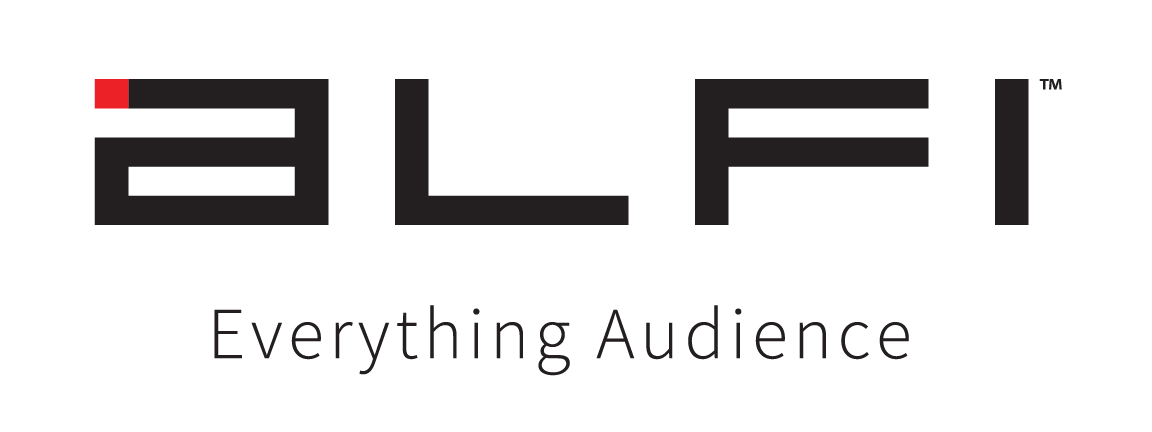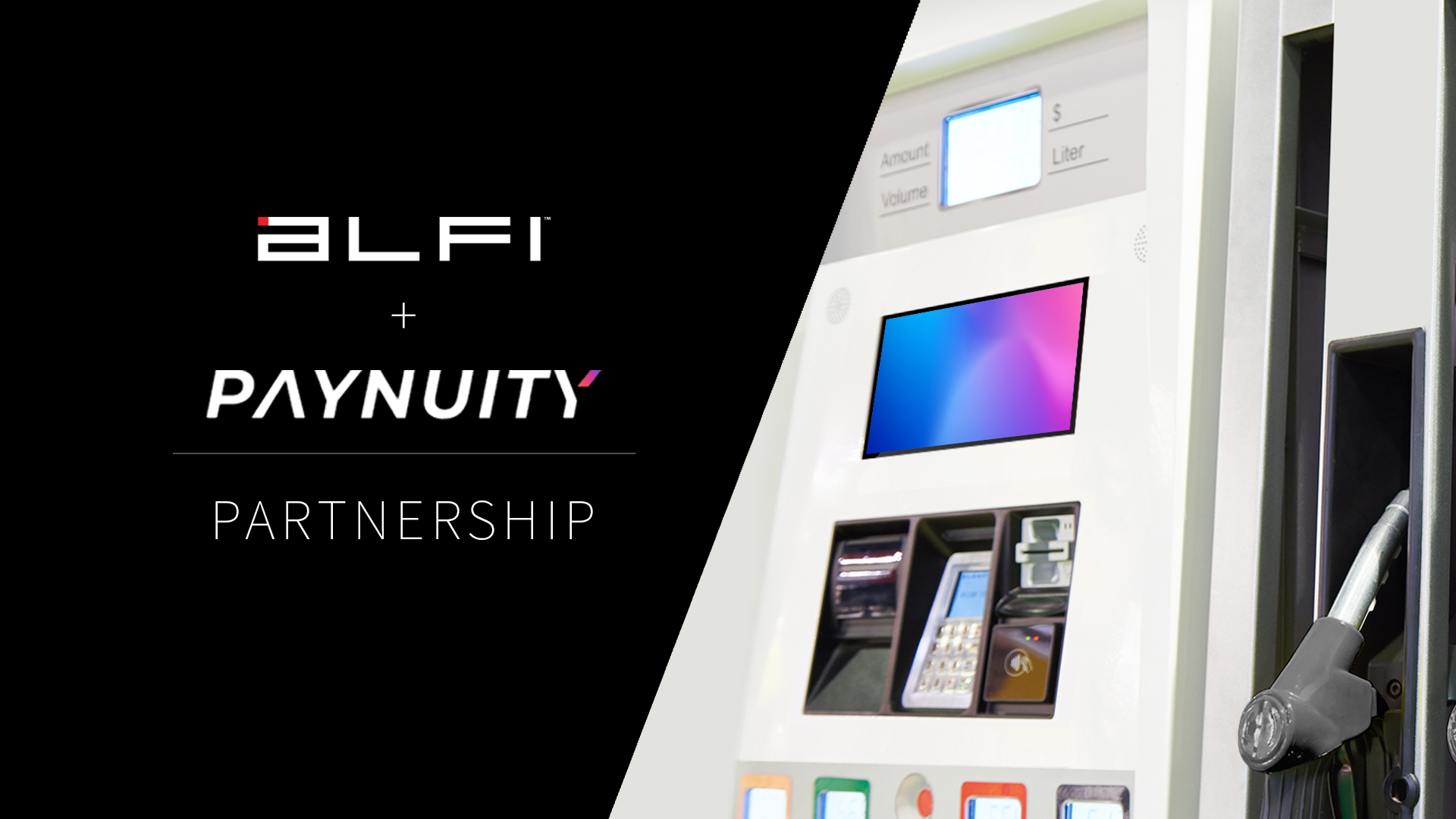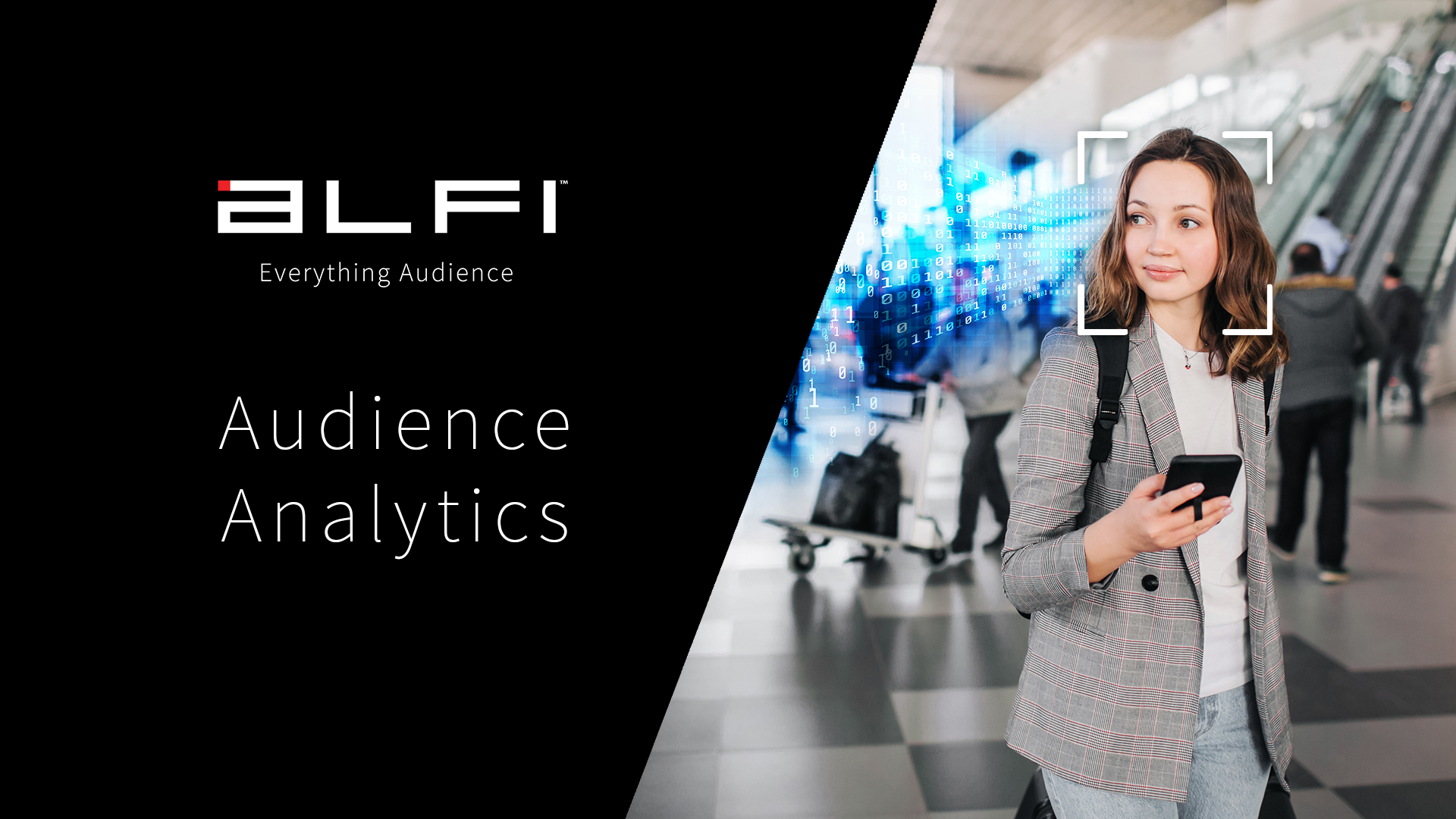The cookie is dead. As more and more people have made the switch to mobile website browsing, the risk of security breaches and increased consumer demand has pushed Google, Safari, Firefox, and others – along with major tech giant Apple – to phase out third-party cookie use and drastically change the way they track users and handle information.
What’s Changing in 2021?

In 2020, Apple announced updates to its software for early spring of 2021 requiring advertisers to ask for permission before tracking iOS users’ activity on mobile devices.
App Tracking Transparency will require apps to get users’ permission before tracking their data across apps or websites owned by other companies. Under Settings, users will be able to see which apps have requested permission to track and make changes as they see fit. Google announced its own updates in March for alternative IDs, but we will expand more on that later.
While Google and Apple claim their motives are altruistic in providing users with enhanced security provisions, their rigid stances do give them the competitive edge in controlling all parameters of this market.
However, all things considered, people do stand to gain better transparency and privacy overall. And judging by consumer research, there is a clear need for improvement:
According to a study by Pew Research Center, 72% of people feel that almost all of what they do online is being tracked by advertisers, technology firms, or other companies, and 81% say that the potential risks they face because of data collection outweigh the benefits.
If the current tech solutions fail to meet consumer expectations for privacy, aren’t sustainable, and don’t stand up to regulatory restrictions – with third-party data now off-limits – where does that leave advertisers, brands, and agencies?
Is data-driven advertising really dead?
No, data-driven advertising is not dead. Third-party data might not be able to yield the kind of targeting it used to, but there are other valuable options out there.
Businesses need to focus their marketing around solutions that combine existing data and advertising channels while exploring new opportunities for growth.

Learning to Navigate a Cookie-Free World
Before the gold rush of third-party data began, there were other effective methods of optimizing targeting efforts for marketing campaigns. Many of the strategies described in this article pair old-school methods with cutting-edge tech and software solutions that maintain ethical standards regarding user privacy and security.
Before we dive in, let’s explore what a cookie does.
Cookies are bits of code that websites deliver to a visitor’s browser; these snippets linger as the person visits other websites and can be used to track users across multiple sites to target ads and get an idea of how they perform.
What’s Next for Data-Driven Advertising?
There are a number of different tools, approaches, and methods available for recalibrating your targeting strategies and launching data-driven marketing campaigns. Many businesses and brands are turning to traditional channels, finding better ways to use their existing data, and launching and/or integrating their own data platforms.
First-Party Data-Driven Advertising
Companies are not properly utilizing the benefits of the first-party data — data that they’re already collecting. This presents an opportunity to reevaluate and reset the strategy.
What is First-Party Data?
Data or personal information that is collected directly from a customer, whether online or offline, is considered first-party data. This is information gathered firsthand by a particular company, organization, or brand from its actual and existing audience including customers, website visitors, and social media users. It’s then used for retargeting purposes.
Offline first-party data can include account information like a user’s name and email address. Online data includes additional content generated by the company’s website analytics tools, like demographics, visited websites and interactions, purchase history, session duration, and more.
First-party data is an incredibly valuable asset — not to mention free — and should be used as such.
Why is First-Party Data So Valuable?
Many companies have access to their own first-party data and are not optimizing its usage. While third-party cookie use may have been the primary targeting mechanism, that is no longer the case. Brands need to look at what they already have before they make any other decisions.
If you have a user registration and login system, chances are you already have access to consumer intel. In order to access first-party data, you’ve already gone through the process of gaining users’ consent. This provides an added layer of transparency and builds brand validation.
First-Party Data Tracking and DOOH
Beyond a mere email address, first-party data might include visitors’ viewed content, topics of interest, and potentially even survey results including demographics. For brands that maintain user accounts or information, this data can be used to link and track spending and shopping habits, yielding better insight for segmentation and targeting.
As this data is derived from your actual customers, it provides more accurate intel on real behavior, making it easier to deliver personalized content to your users with relevant ads. It also allows you to better understand and nail down your buyer persona, divide your segments more effectively, and analyze your website traffic.
This insight into customer behavior allows companies to make better business decisions informed by the products consumers buy, the links they click, and the sites they visit afterward.
By combining first-party data with Digital Out-of-Home-Advertising (DOOH), marketers have a powerful way to engage their desired audiences when and where it matters most. Through DOOH, brands can reach target audiences more effectively, adapt strategies in real time, and access a wealth of data for better decision-making.
First-party data can transform the DOOH experience for customers, incorporating customized content and creating personalized targeting. It allows for flexibility, speed, adaptability, and real-time analytics.
DOOH provides the perfect opportunity for leveraging your first-party data to enhance your customers’ experience with your brand, products, and reputation.
Along with valuable data analytics and the precision of Google and Facebook targeting for DOOH, AdTech company ALFI gives media buyers, agencies, and brands complete control over the campaigns they run: from dialing down on a specific demographic to intelligent ad purchasing.
With ALFI, advertisers can not only use detailed targeting options for their digital out-of-home campaigns but also pay for impressions and receive detailed analytics to optimize their campaigns. Ad A not performing well? Take it down early. Ad B showing huge success? Invest more and double your conversions.
Cookieless Audience Advertising and Contextual Targeting
While the options in this article are all cookie-free solutions, this one centers around machine learning used to target an audience or group based on characteristics not tied to a cookie – this could be based on demographics, context targeting, by mobile device, etc.
Once advertisers, brands, and agencies have this information, they can then model personas and audiences to better tailor their content and marketing campaigns. Despite the difficult shift in a cookieless strategy, brands will find that these transitions can yield even better results and conversions, as consumers were quickly tiring of the use of cookies.
Want to learn more about what major companies like Facebook and Amazon are doing to respond to the loss of third-party data? Explore this article.
Contextual Targeting
Adding the right content to the right context can transform a marketing campaign. Evaluating, testing, and optimizing your targeted content in specific areas of the funnel can lead to tremendous conversion gains.
Contextual targeting helps brands show up in the right location in the right way. Ad context can be classified and targeted by category – the Sports section of the local news website – or keyword – i.e. millennial shoppers or dog owners.
Combining first-party data with contextual advertising can lead to even more tailored content. Without the hyper targeted content delivered from cookies, viewers rely on context, even more, to comprehend ad messaging.
How can you pair first-party data with DOOH and still maintain the integrity of user profiles?
ALFI and the Future of Data-Driven Advertising
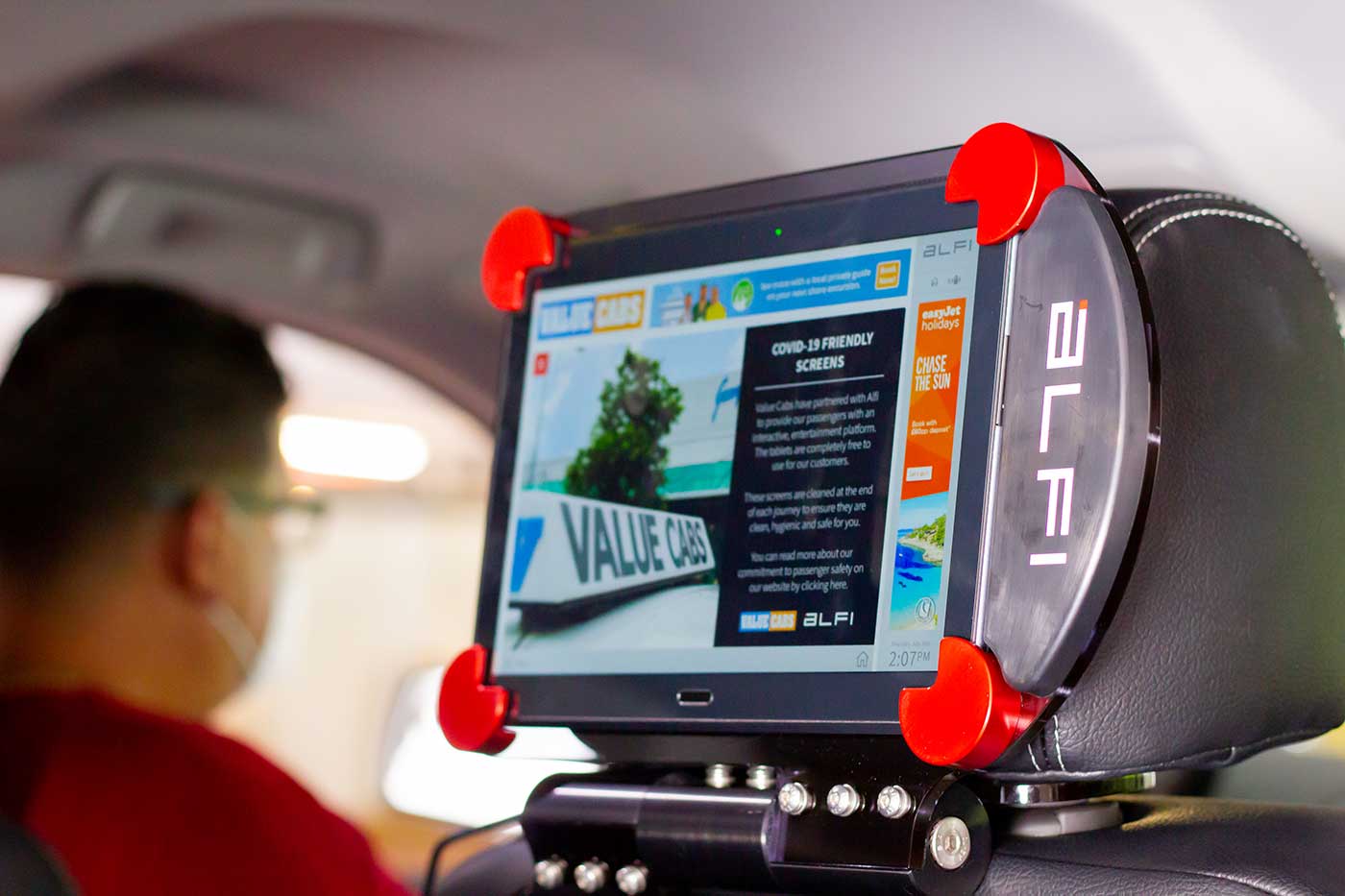
Many other AdTech platforms blur the line when it comes to user privacy, but visionary ALFI is transforming the future of DOOH advertising, by crafting tools that empower media buyers to reach their exact target market, at the right time, for a fraction of the cost in a respectful and ethical manner.
The platform pairs powerful computer vision with AI and machine learning models to display clients’ ads only to their target customers when they’re most susceptible to making buying decisions, transforming the scope of contextual targeting.
Computer vision allows DOOH platforms to capture demographic and behavioral data of consumers as they view DOOH ads to increase the accuracy and effectiveness of targeting. Then, AI combined with the machine learning-powered recommendation engine looks for patterns and responses in human behavior to offer the right content to the right person at the right time.
ALFI and Privacy Protections
The truly amazing thing about ALFI is that while its smart technology can detect behavior, it does not use cookies or store personal data, facial images, or information. It sets new standards by providing precise targeting information to advertisers, but it does so by collecting information in non-intrusive ways that are compliant with GDPR, CCPA, and HIPAA.
The genius of ALFI is behind its AI, machine learning, and computer vision models. For the first time, audiences can be targeted in real time based on their behavior and physical demographics. Brands can now determine how effective their OOH ad is at getting attention, but also collect valuable audience data to get true insight on who is paying attention.
Google Updates and FLoC
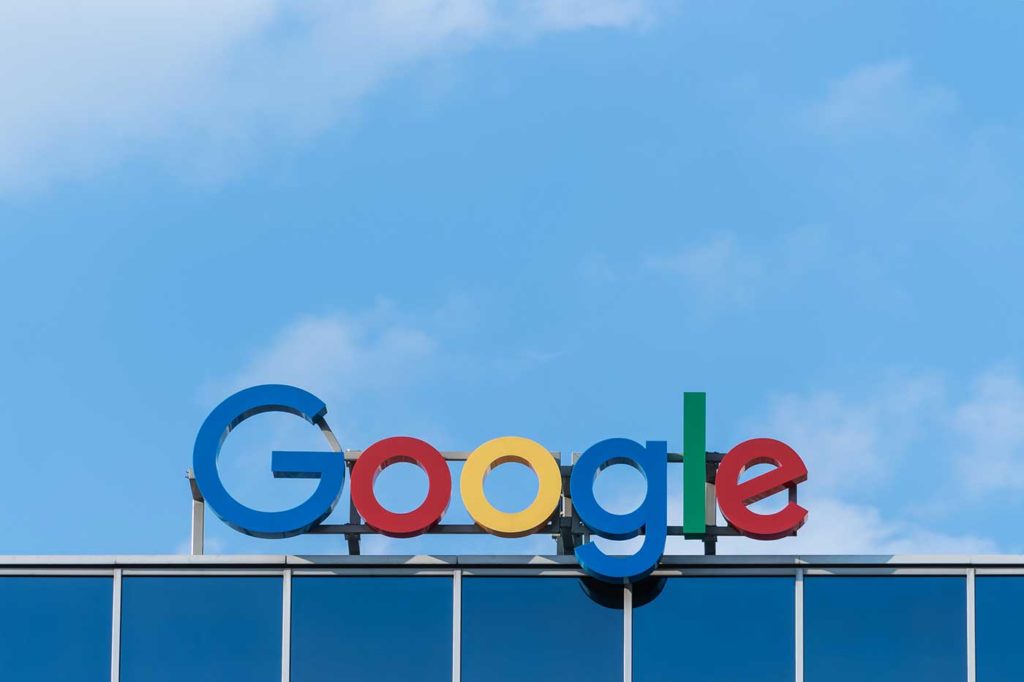
Along with its decision to phase out third-party cookies, David Temkin – Google’s Director of Product Management, Ads Privacy and Trust – confirmed in March of 2021 that Google would not build alternative user-level identifiers or use them in Google products. LiveRamp clarified that, after clarifying with Google, ad buyers could use its IdentityLink ID to transact on SSPs, but only in private marketplace deals.
Many providers may offer alternative solutions for user identity for ad tracking – like PII graphs based on email addresses – but Google’s team believes these will not “meet the rising consumer expectations for privacy, nor will they stand up to rapidly evolving regulatory restrictions, and therefore aren’t a sustainable long term investment. Instead, our web products will be powered by privacy-preserving APIs which prevent individual tracking while still delivering results for advertisers and publishers.”
Their suggestion: “Advances in aggregation, anonymization, on-device processing and other privacy-preserving technologies offer a clear path to replacing individual identifiers.”
Conveniently, they have a solution currently in beta testing. Meet FLoC, the Federated Learning of Cohorts model, a browser-based tracking model that collects online user behavior, saving the data locally on their computer.
Based on the collected user data, the browser would then assign each visitor to an audience segment or cohort based on similar interests. Each time that visitor surfs the web, the browser registers their cohort and advertisers display ads tailored to people with interests like their own. Cohorts would update weekly to keep targeting fresh and increase the security of members’ identities.
FLoC would shift all tracking to the browser level, giving Google a competitive edge and control over the digital ad market. Bear in mind that Google maintains data from users logged into its myriad free services including Gmail, YouTube, and others.
Other Solutions
Brands, marketers, and firms everywhere are searching tirelessly for alternatives to gain a competitive edge. Some have offered solutions like the Trade Desk’s Unified ID 2.0, an initiative relying on email addresses encrypted from consenting users.
Online, the most common personally identifiable information (PII) is the email address – think verifying user identity, accessing email marketing campaigns, logging into loyalty programs, and so on. Those email addresses can often be linked and integrated with other valuable information stored in a CRM.
LiveRamp has proposed its Authenticated Traffic Solution (ATS) to provide easy opt-ins and outs for users to regain data control in a somewhat renewed partnership with brands and publishers. Its purpose is collaborative: to provide a safe, transparent space for readers while enhancing audience targeting ethically and shifting publisher dependence away from one single tech provider.
That being said, Google does not seem to believe these alternatives offer viable, long-term solutions.
Next Steps for Data-Driven Advertising
While third-party cookie use was effective, so are first-party data use and other forms of data-driven advertising. There is no need to reinvent the wheel and start from scratch, especially if your brand has stored user content. And if it does not yet, this gives you a good place to start.
Brands and advertisers can no longer follow users around the web to see if they eventually made a purchase after seeing it in an ad. Marketers can instead rely on other analytics like last-click attribution – by observing how many people click on it and whether those clicks lead to sales.
Ultimately, though the transition will be difficult, these alternatives do offer enhanced privacy and security protections for users. It might not solve the issue of online and offline tracking, it does show that things are headed in the right direction.
Building transparency and trust with your customers is an incredibly vital tool in establishing loyal, repeat visitors who believe in your brand.
ALFI
Trying to find a happy mix of the right kind of data to increase your revenue? Discover a convenient location where you can access unique, valuable content with better targeting and advertising options.
Without the use of invasive technology or cookies, advertising platform ALFI can alternate ads depending on the person who is looking at the screen. For DOOH, that’s unheard of. ALFI can be installed on any device that has an internet connection and a camera, serving personalized content, along with ads, to any person looking at the screen.
With the inclusion of artificial intelligence in marketing, advertisers can use better targeting options for their digital out-of-home campaigns and get better results. Instead of showing their ads to millions of people, advertisers can now refine their targeting to reach the right person at the right time, improving ROI.
ALFI lets advertisers easily snag prime ad spots from prime publishers. Then, they can create campaigns that are shown to thousands of people every day in cabs, Ubers, hotels, restaurants, and much more. Want to know more? Drop us a line and our team will get in touch with you!
